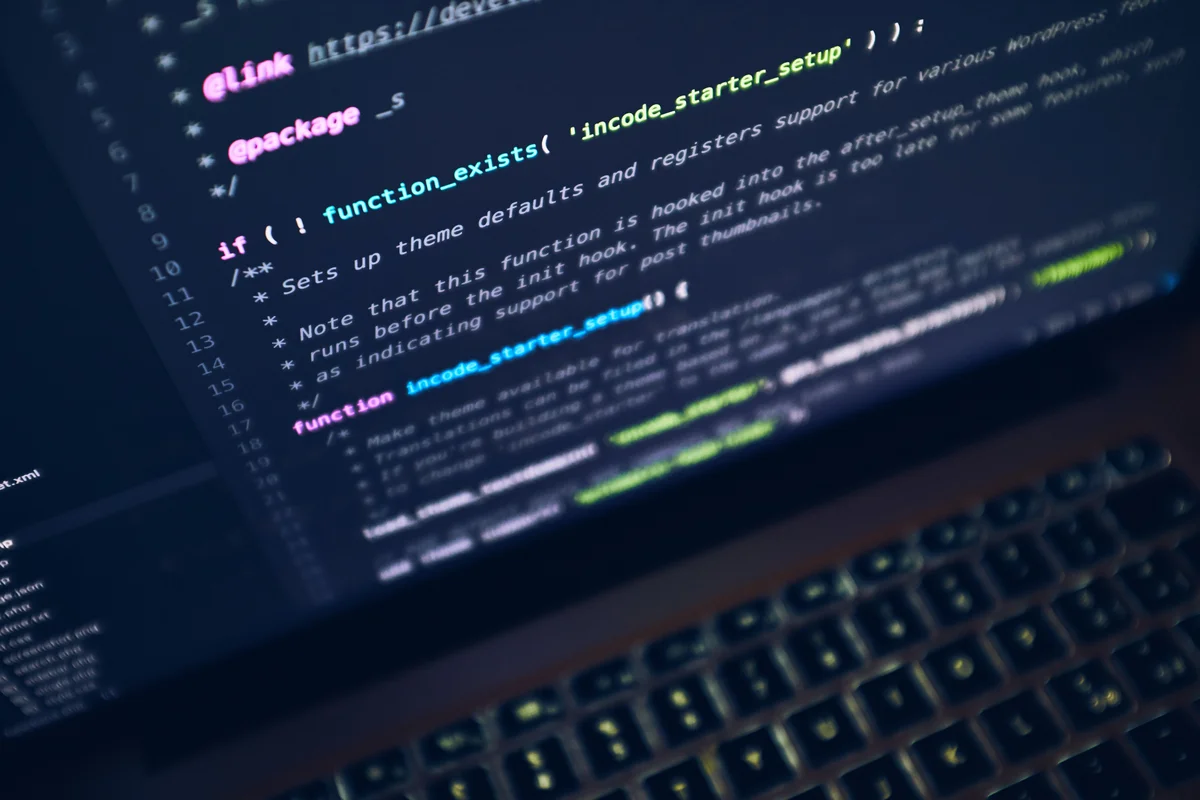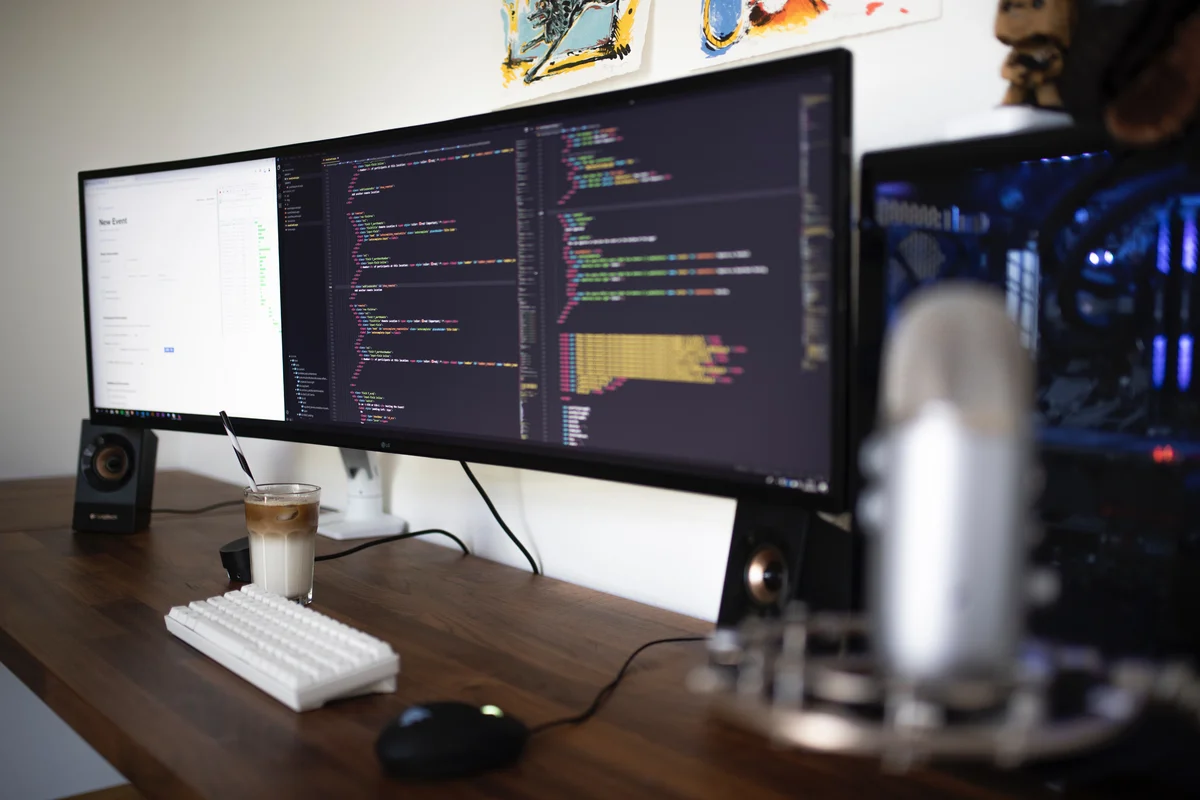What is Deepfake technology? How does it work?
With the help of powerful computers and deep learning, deepfake technology is able to alter videos. A never-before-seen event has been transformed into a stunningly realistic-looking film. Here’s a great illustration:
In this video, former US President Barack Obama can be seen delivering a speech. Instead of Obama, it’s comedian Jordan Peele repurposing old footage of the former president to match what Peele says.
Also Read: What Artificial Intelligence Can’t do?
What Is the Origin of Deepfake technology?
When a Reddit user by the name of “Deepfakes” posted that he had developed a machine learning algorithm that could seamlessly transpose celebrity faces onto videos, the public became aware of deepfake technology.
A subreddit was created as a result of the thread’s popularity and samples were provided. Despite the fact that the site administrators were forced to shut it down, the technology had gained widespread recognition and was readily available. As time went on, people started using it to make fake videos, mainly of politicians and actors, starring in them.
But manipulating videos is not a new concept. The field of computer vision was already being studied at a number of universities back in the 1990s. Artificial intelligence (AI) and machine learning (ML) were heavily used at this time in order to combine existing video footage of people speaking with a different audio track. For the first time, this technology was showcased on the 1997 Video Rewrite programme.
So, How Do Deepfakes Work?
Two machine learning models are exploited in a deepfake video. The forgeries are created by one model using a database of real videos, while the other model attempts to determine whether or not a video is a fake. In other words, if the second model can’t tell if the video is a fake, then the deepfake is probably convincing enough to a human viewer as well. GAN (generative adversarial network) is the term for this technique (GAN).
When given a large enough dataset to work with, GAN performs better. As a result, politicians and celebrities frequently appear in early deepfake footage. There are numerous videos that GAN can use to create extremely convincing deepfakes.
What are the Potential Risks of Deepfake?
For now, the novelty of deepfake videos keeps them interesting and entertaining. But there is a danger lurking beneath the surface of this amusing technology.
It’s becoming increasingly difficult to tell the difference between a fake and a real video thanks to advances in deepfake technology. Public figures and celebrities, in particular, may suffer as a result of this. Deepfakes can have a devastating effect on people’s careers and even their lives. A malicious person could use these to impersonate others and take advantage of their close relationships and professional contacts. It is possible for them to start international incidents and even wars using fictitious videos of world leaders.
How Do You Tell a Fake from a Real?
Deepfakes may still be spotted with the naked eye at this time. Dead giveaways include the absence of human nuances like blinking and details that may be off, such as incorrectly angled shadows.
Even if GAN processes improve, it will soon be impossible to tell if a video is real or not. Improved forgery-creating GAN components will continue to be developed over time. That is the purpose of machine learning (ML): to provide guidance to AI so that it can improve over time. It will eventually overwhelm our ability to distinguish between the real and the fake. However, according to experts, it is only a matter of time before digitally manipulated videos are as good as the real thing.
To combat deepfakes, there are ongoing efforts to develop AI-based countermeasures. However, as technology advances, so do these countermeasures. The Deepfake Detection Challenge was recently formed by a group that includes Facebook and Microsoft, as well as a number of other prominent US companies and universities (DFDC). The goal of this campaign is to spur the development of technologies that can tell if artificial intelligence has been used to manipulate video.
Do you know the meaning of the term “shallowfake”?
Videos manipulated with simple editing tools, such as speed effects, are called shallowfakes. If the video is sped up or slowed down, some shallowfake videos make their subjects appear impaired or overly aggressive. The Nancy Pelosi video that was slowed down to make her appear inebriated is an example of a popular shallowfake.
In the meantime, Sarah Sanders’ video of CNN reporter Jim Acosta talking to an intern, which was sped up to make him appear more aggressive than he actually was, is an example of a shallowfake.
A “dumbfake” is another term for a shallowfake. Other videos in this category are mislabeled to make them appear to have taken place in a different location than they actually did. The violence in Myanmar is an example of the disastrous consequences of this kind of fake content.
Deepfakes and Shallowfakes: What’s the Difference?
Deep learning systems aren’t necessary for creating shallowfakes. When it comes to quality and quantity, shallowfake videos do not differ much from deepfakes. In other words, the name simply refers to the method by which the video was made and the technologies (such as deep learning) that were avoided during the production process.
How Do You Detect Shallowfakes?
Deepfakes are harder to detect, but politicians, academics, and other experts believe shallowfakes can still cause significant harm to the subject. In fact, even if the real video (i.e., before the shallowfake alteration) is readily available online, the less discerning could easily fall for and spread fake content.
Does cybercrime laws apply to deepfakes and shallowfakes?
Since 2019, it has been illegal in California to distribute deepfake. Although lawmakers admitted that enforcing the law (i.e. AB 730), which makes it illegal to circulate doctored videos, images, or audio files of politicians within 60 days of an election, it is difficult to implement.
Conclusion
So this was everything about deepfake technology. In short, Deepfakes are based on generative network technology, which creates realistic synthetic data. A deepfake is intended to deceive human listeners or viewers. But synthetic data has significance in many business applications and sectors.




